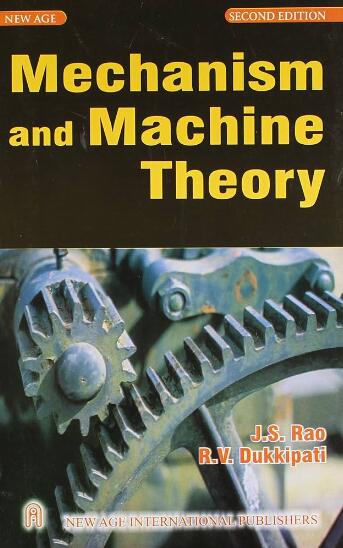层状突起扭转接头通过扭转弯曲拮抗作用实现的四可塑性
IF 4.5
1区 工程技术
Q1 ENGINEERING, MECHANICAL
引用次数: 0
摘要
多稳定性是指一个装置在没有外部电源输入的情况下,可以稳定地保持在两个或两个以上位置的特性,这种特性已被用于设计外科手术工具、机械超材料、逻辑运算器和多配置机器人。然而,现有的具有三个或更多稳定状态的多稳态机构大多是通过将多个双稳态机构单元串联或并联而产生的。本研究提出了一种新型四稳态顺从机构,它利用层状新兴扭转关节中扭转挠度和弯曲挠度之间的拮抗作用实现四稳态,而不是将多个双稳态机构单元组合在一起。在链式幂级数模型的基础上开发了一个运动静力学模型,以捕捉这种四可变机构的载荷-挠度关系。本文介绍了六个设计实例,利用动静态模型和非线性有限元模型探讨了四可变机构的特性。几个原型的实验结果验证了这些结果,这些原型的结构参数各不相同。不同的稳定形状也可用于形状变形机械超材料。本文章由计算机程序翻译,如有差异,请以英文原文为准。
Quadristability achieved by torsion-bending antagonistic action in a lamina emergent torsional joint
Multistability is the characteristic of a device can steadily stay at two or more positions without external power input, which has been employed to design surgical tools, mechanical metamaterials, logic operators, and multi-configuration robots. However, most existing multistable mechanisms with three or more stable states are created by combining several bistable mechanism units in series or parallel. This work proposes a novel quadristable compliant mechanism that achieves quadristablity utilizing the antagonistic action between torsional deflection and bending deflection in a lamina emergent torsional joint, rather than combining several bistable mechanism units. A kinetostatic model is developed based on the chained power series model to capture the load-deflection relations of this quadristable mechanism. Six design examples are presented to explore the quadristable characteristics using the kinetostatic model and nonlinear finite element model. The results are verified by the experimental results of several prototypes with varying structural parameters. The diverse stable shapes could also be useful for shape morphing mechanical metamaterials.
求助全文
通过发布文献求助,成功后即可免费获取论文全文。
去求助
来源期刊

Mechanism and Machine Theory
工程技术-工程:机械
CiteScore
9.90
自引率
23.10%
发文量
450
审稿时长
20 days
期刊介绍:
Mechanism and Machine Theory provides a medium of communication between engineers and scientists engaged in research and development within the fields of knowledge embraced by IFToMM, the International Federation for the Promotion of Mechanism and Machine Science, therefore affiliated with IFToMM as its official research journal.
The main topics are:
Design Theory and Methodology;
Haptics and Human-Machine-Interfaces;
Robotics, Mechatronics and Micro-Machines;
Mechanisms, Mechanical Transmissions and Machines;
Kinematics, Dynamics, and Control of Mechanical Systems;
Applications to Bioengineering and Molecular Chemistry
 求助内容:
求助内容: 应助结果提醒方式:
应助结果提醒方式:


